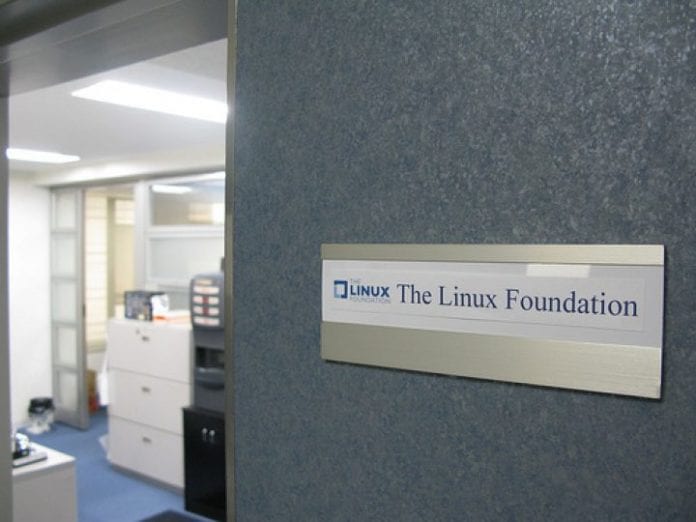Linux Foundation announces LF Networking Fund
The Linux Foundation recently announced a new project called the LF Networking Fund (LFN), a platform for cross-project collaboration. Among the founding projects of the LFN include FD.io, OpenDaylight, ONAP, OPNFV, PNDA and SNAS.
The Linux Foundation is a non-project organization that hosts multiple projects centered around building an open ecosystem for telecom operators. In an effort to put these projects under one roof, the organization decided to form the LFN. The primary mission of the LFN, according to the organization, “is to raise, budget and spend funds and coordinate support for open source and/or open specification projects involved with the movement or communication of data on a network.”
“LFN will form the basis of collaboration across the network stack, from the data plane into the control plane, to orchestration, automation, end-to-end testing, and more,” wrote Arpit Joshipura, GM networking and orchestration at the Linux Foundation, in a company blog post.
Exactly 83 member organizations have hopped on board the LFN, which includes nine out of 10 open source networking projects. According to Joshipura, LFN has the participation of over 60% of global mobile subscribers enabled by participating companies.
The projects won’t converge together into one ‘mega project,’ however. Rather, each project will operate under existing meritocratic charters, maintain its technical independence and community affinities, release roadmaps and web presence. Overall governance will be offered to foster collaboration among the groups too.
“What we can expect to see under this shared governance model is increased community collaboration focused on building a shared technical investment (without risk of fragmentation), while also providing space for inter-project architectural dependencies to flourish (e.g., multi-VIM collaboration, VNF onboarding, etc.),” Joshipura wrote.
“In addition, LFN enhances operational efficiency among existing communities by enabling projects to share development and deployment best practices and resources such as test infrastructure, and to collaborate on everything from architectural integration to industry event participation.”
A few days after The Linux Foundation unveiled the group, Samsung announced it was joining the LFN as a platinum member. By becoming a member, Samsung intends to help advance the next generation of networks, including 5G.

